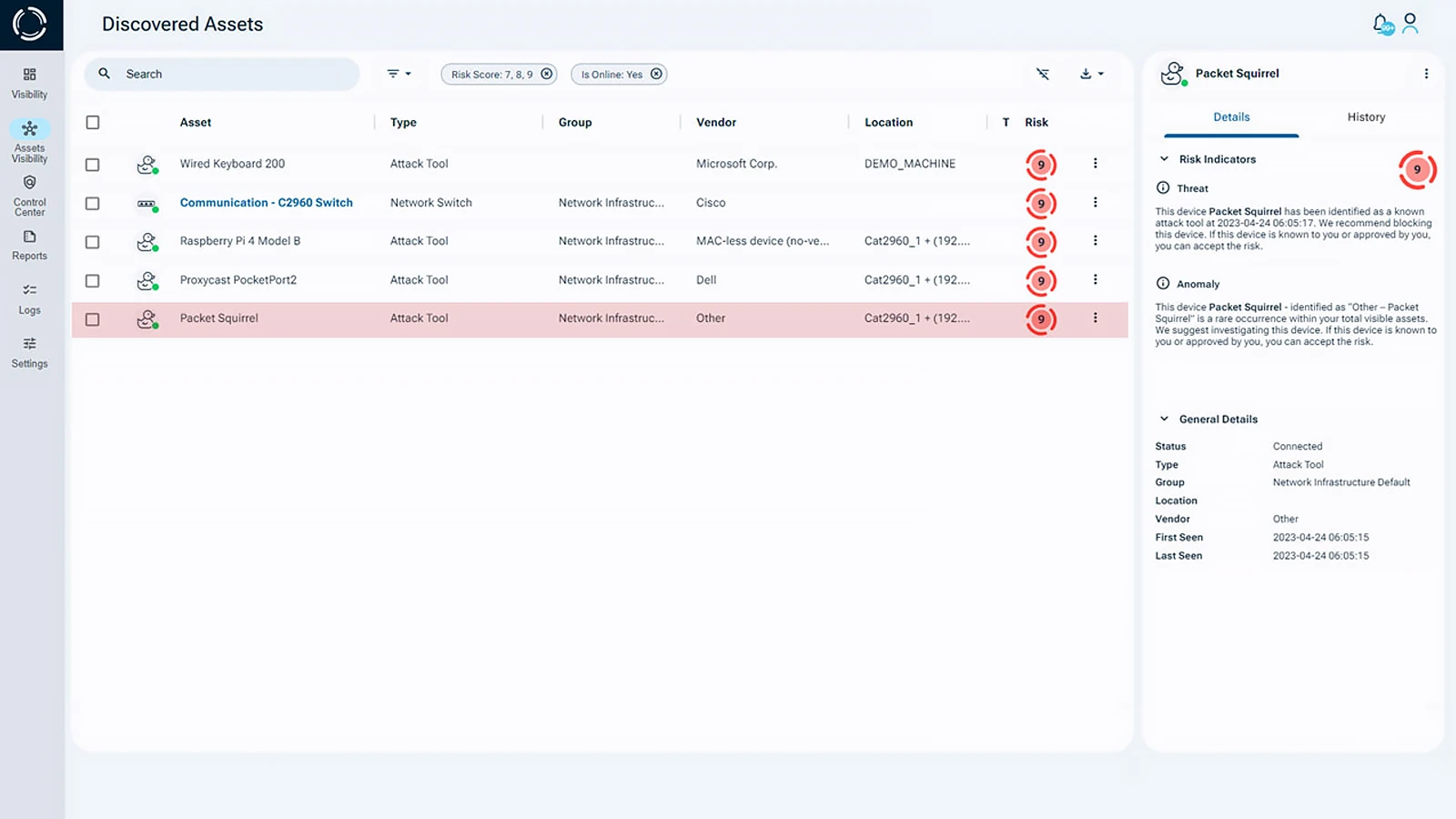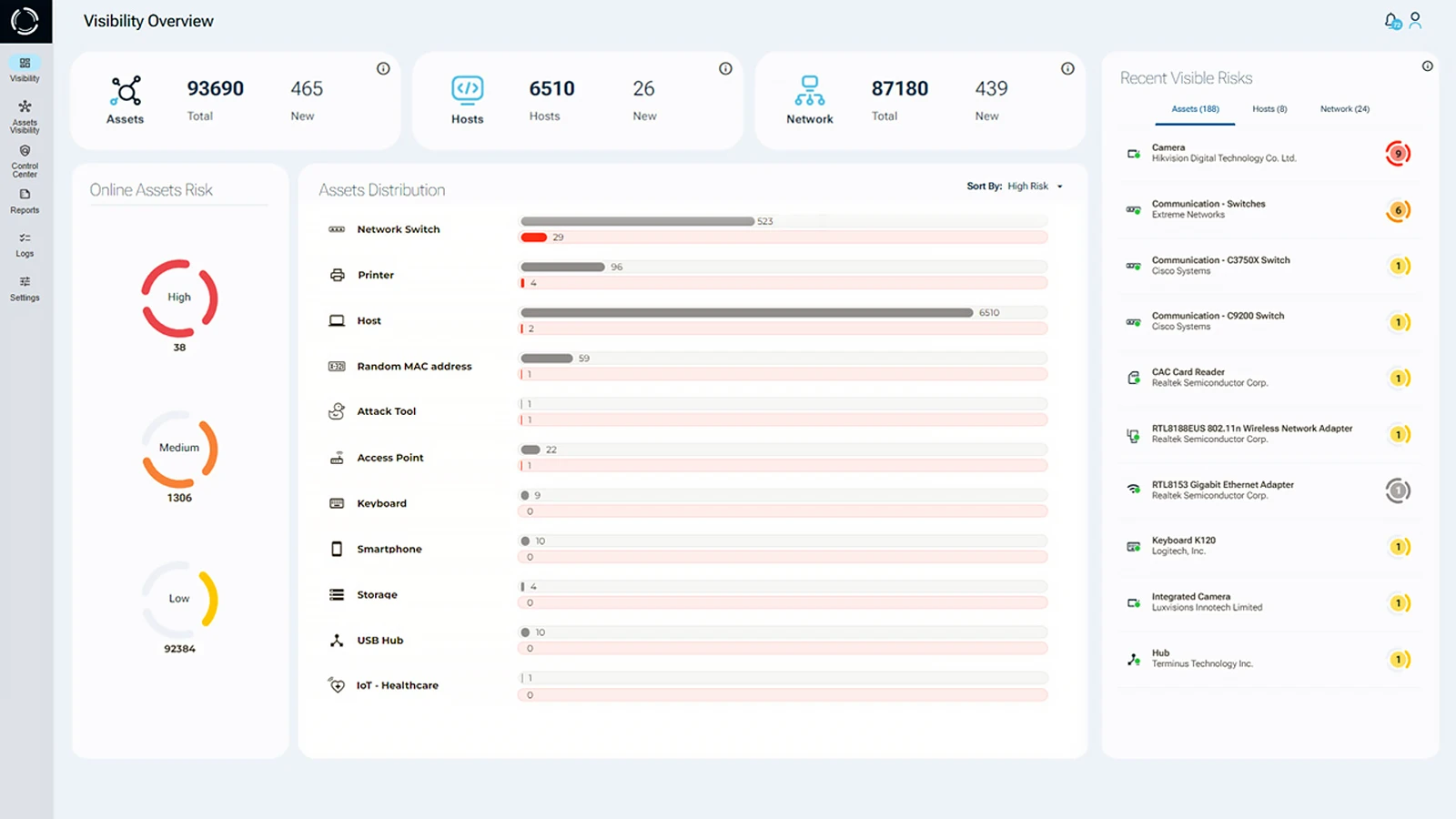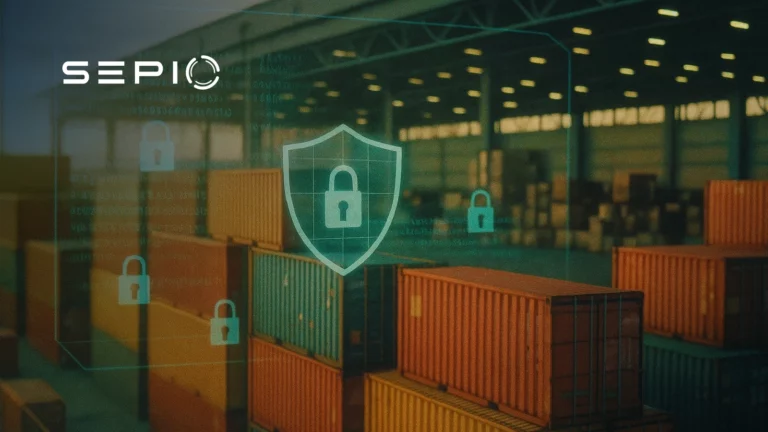Why a Secure Supply Chain Matters?
A secure supply chain is essential for ensuring the integrity, reliability, and resilience of products from their origin to the end user. It encompasses strategies to mitigate risks such as theft, fraud, natural disasters, and increasingly, cyberattacks. In today’s interconnected global economy, protecting your supply chain has never been more critical.
Global sourcing creates dependencies that expose organizations to new vulnerabilities. A secure supply chain helps maintain operational continuity, protect sensitive data, and preserve customer trust. It also ensures compliance with international regulations, reducing the risk of legal complications or penalties due to inadequate security practices.
Cyber Attacks Targeting the Supply Chain
Historically, companies relied on local production and sourcing. Today, global supply chains introduce complex cyber risks that can disrupt operations, compromise sensitive information, or create strategic leverage for financial or political gain.
A well-managed, secure supply chain is essential not just for operational efficiency but also for mitigating exposure to cyber threats. Modern supply chain attacks, especially cyber-based intrusions, have become common tactics used to disrupt operations, steal sensitive data, or create strategic leverage for financial or political gain.
While supply chain attacks are often “spray and pray” tactics, they can also target specific organizations. Global cybercrimes on supply chains are estimated to grow by 15% each year. As these attacks evolve, it becomes clear that organizations lacking a comprehensive secure supply chain management strategy are at a higher risk of disruption, financial loss, and reputational damage.
Attackers are increasingly using emerging technologies to enhance their methods. There are multiple types of supply chain attacks, including upstream/downstream attacks, midstream attacks, CI/CD infrastructure attacks, and open-source attacks. One common yet overlooked method involves using hardware attack tools, which may come pre-installed on devices or be implanted at any point along the supply chain.
Understanding Hardware-Based Supply Chain Threats
A hardware supply chain attack occurs when physical components are tampered with during manufacturing or transit. Traditional cybersecurity tools often lack physical layer visibility (Layer 1), making these attacks difficult to detect. The consequences can range from data breaches to ransomware or full network compromise.
Despite the risks, many organizations do not have standardized vendor security protocols, and nearly one-third do not regularly assess supplier risk, leaving their secure supply chain vulnerable to a single compromised device.
Hardware attacks are not always sophisticated; even small firmware or chip modifications can provide persistent unauthorized access. Early identification and mitigation are critical to prevent long-term operational and security impacts.
How to Reduce Hardware Risks in Your Supply Chain
Hardware-based threats typically fall into two categories:
- Compromised suppliers: Devices from a hacked or malicious supplier can introduce downstream risks to your secure supply chain.
- Device tampering during transit: Hardware can be manipulated before delivery, jeopardizing your supply chain security.
These threats often go undetected due to a lack of Layer 1 visibility. Companies can significantly reduce exposure by leveraging Sepio’s platform, the only solution in the world providing true physical layer visibility. Sepio verifies the integrity of every device received, ensuring hardware remains uncompromised before deployment.
Additional best practices include supplier vetting, contractual cybersecurity requirements, continuous audits, employee training on hardware risks, and monitoring of all devices entering your network. Implementing these measures strengthens overall supply chain security.

Sepio’s Approach to Supply Chain Protection
Addressing hardware compromises along the supply chain is critical for protecting your organization. Sepio’s platform fills the visibility gap by providing unique physical layer (Layer 1) asset visibility, ensuring only legitimate devices operate within your environment.
With Sepio’s comprehensive coverage of IT, OT, and IoT devices, no hardware goes unmanaged. Its Layer 1 visibility enables identification, detection, and control of all devices, powering policy enforcement and Rogue Device Mitigation. Unauthorized or rogue hardware is instantly detected and blocked through automated actions integrated with third-party security tools.

Zero Trust Hardware Access (ZTHA), powered by Sepio, ensures compromised devices cannot bypass security protocols regardless of how many suppliers they pass through. This is particularly important for critical infrastructure providers where supply chain breaches can have national security implications.
Sepio’s platform requires no additional hardware and does not monitor traffic, yet delivers complete asset visibility and detects rogue or vulnerable devices within 24 hours.
By implementing these solutions, organizations not only reduce security risks but also improve operational efficiency and strengthen customer trust. A resilient supply chain is both a competitive advantage and a critical security measure.
Secure Your Supply Chain Against Cyber Threats
Effective secure supply chain management safeguards organizations against both physical and digital threats, ensuring resilient operations.
Schedule a demo with Sepio to see how your organization can prevent hardware-based attacks before they infiltrate your environment. Don’t wait for a breach, secure your supply chain now.






